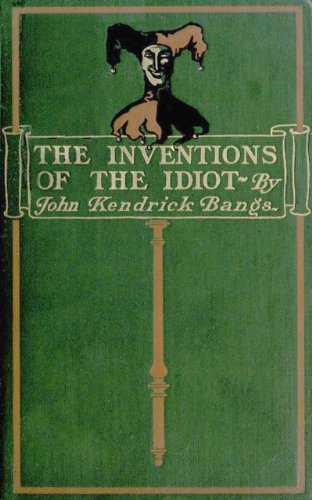|
The Complete Idiot's Guide To Music Theory
by Michael Miller
This is the book I wished I had in high school.
Then, along with choir and concert band, my primary outlet for music was a
rock band, and each of us would gather nightly in my garage, rehearsing, scheming,
and dreaming, trying to knock out our own music, but without a solid grasp of the
language and technical know-how. This book would have been such a big help
back then. It鈥檚 still a big help now! Music is a communicative art, and the first
persons the composer, arranger, or players must communicate with are other
musicians. To a beginner, or to the uninitiated, written music may seem like an
American trying to read Mandarin! If you wish to read and write music, this
book could be more than your first primer鈥攊t could be your Rosetta Stone.
In my own teaching, I often use The Complete Idiot鈥檚 Guide to Music Theory as a
means to jump-start the learning process for my students. Too often young
musicians and teachers alike approach music theory as a Very Hard Subject
That Must Be Learned, instead of a set of liberating tools that makes one鈥檚
music-making easier and better. However, this book makes learning theory fun!
Michael鈥檚 diagrams, language, and wit will often contain the bit of information
that enables the student to finally grasp the material at hand, oftentimes with an
accompanying smile at the author鈥檚 language and antics. Consequently, I鈥檝e
often found that theory teachers at all levels will employ it for its numerous
strategies, often at a time when nothing else has conveyed the concept.
Beginning with the basic terminology and concepts, Michael invites the reader to
work through a course that eventually leads them to a point where they can use
the elements and concepts of music theory to improvise or compose whatever
kind of music they鈥檝e heard in their heads, and then present it to the rest of us,
so we can perform it, too. Each chapter contains several individual nuggets of
information: clear explanations about notation, rhythm, melody, and harmony,
along with further chapters on counterpoint, form, score layout, and even rehearsal
technique. Each chapter is filled with tips, often with just the right kind of
language or explanation to simply illuminate the trickiest of concepts. Each bit of
technical language that is presented is done so in a logical and straightforward
fashion, often humorously, helping the reader remember the concept more easily.
This edition has added more aural skills/ear training materials鈥攑robably the single
most important skill musicians learn and continue to hone their entire lives.
Indeed, the chart that provides examples of all of the melodic intervals, based on a
number of famous melodies, is superb鈥攊nvaluable to any musician! Additionally,
the accompanying compact disc provides a number of exercises: pitch recognition
(often incorporating your instrument!), interval and chord identification,
rhythmic and melodic dictation, as well as some others. All these skills are valuable
assets, and Michael ably sets you on the road to acquire them.
Making music seems to be a drive that鈥檚 inherent in all of us. We must have all of the
tools and knowledge of their use to musically reach out and express ourselves. The
Complete Idiot鈥檚 Guide to Music Theory, Second Edition, is one of the first and best tools
in your musical toolbox. And you know what the song says: 鈥淚f I had a hammer鈥?鈥?
Download:
|  Comments (0)
All
Comments (0)
All






![[HF] USB Complete: The Developer's Guide 4th Edition](http://images.amazon.com/images/P/1931448086.01._SX240_SCLZZZZZZZ_.jpg)



